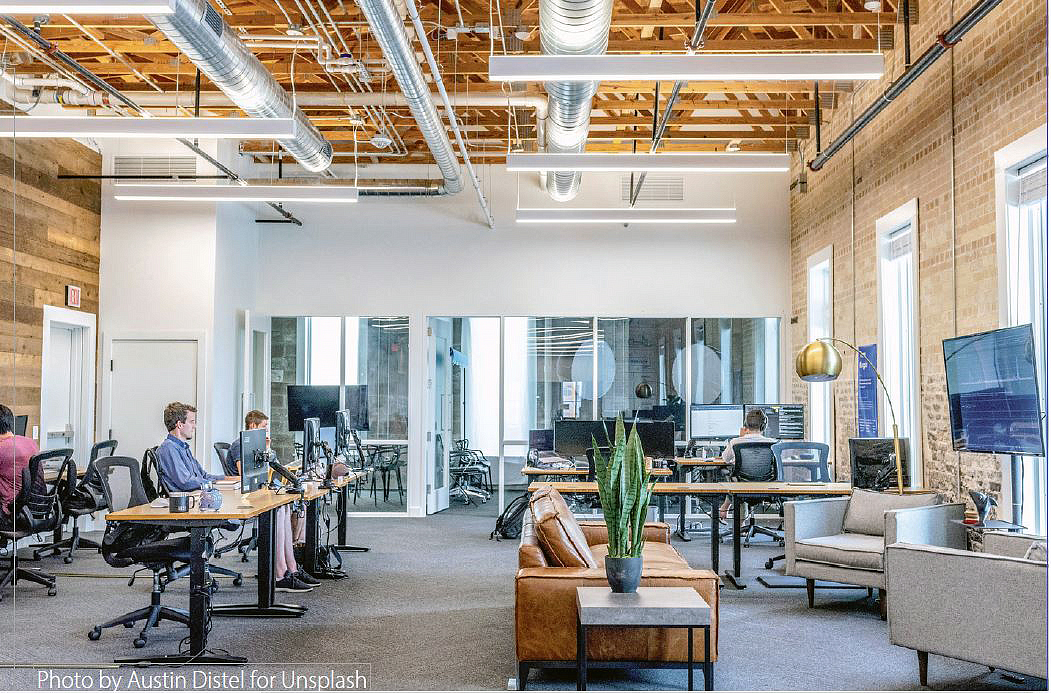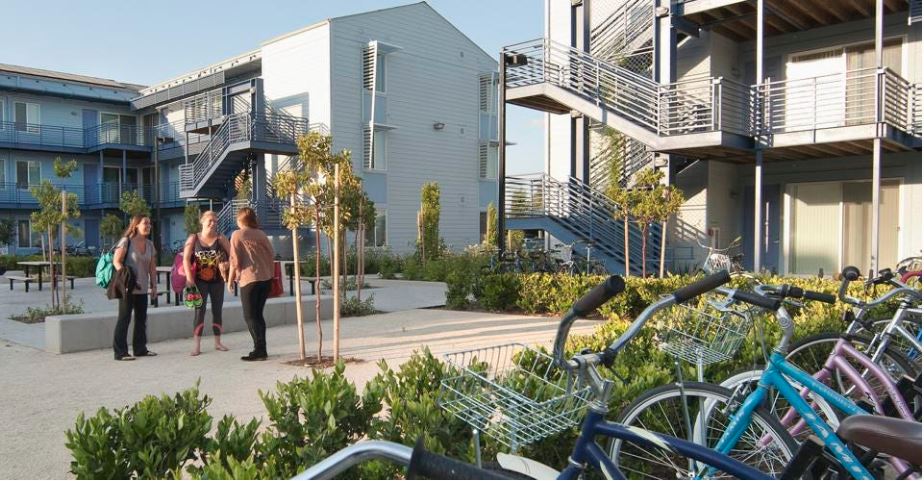
MARKET OVERVIEW
Cap rates in the single tenant net lease sector increased slightly or were unchanged in the second quarter of 2022. Following record low cap rate levels for all three asset classes in the first quarter of 2022, the increase in borrowing costs and the current inflationary environment were the main determining factors for the change in cap rates. Single tenant cap rates increased by 5, and 7 basis points for the retail and office categories respectively. Cap rates for single tenant industrial remained at the prior quarter’s level.
During the second quarter of 2022, the Federal Reserve announced two rate hikes. One in May for 50 basis points and another in June of 75 basis points – the Federal Reserve’s largest rate hike since 1994. Accordingly, for the first time since late 2018, the 10-year treasury yield surpassed 3.00%, peaking near 3.50% in mid-June. This correlated to higher borrowing costs and created a pause for some net lease investors looking to acquire assets at higher cap rates. Additionally, some sellers may choose to hold assets versus a sale given a decline in value. Consequently, transaction volume in the second quarter of 2022 was down approximately 15% when compared the same time period in 2021.
Lower priced net lease properties experienced less impact in pricing due to the higher likelihood of cash purchasers. Inversely, higher priced properties faced more upward cap rate pressure as net lease investors saw diminished leveraged returns for these assets as borrowing costs increased. Aside from CMBS lending which remains volatile, net lease lending terms remained status quo with the exception of interest rates. Rising rates caused lenders to constrain loan proceeds, limiting loan-to-value in order to keep healthy debt service coverage ratios.
Net lease investors will be carefully monitoring the Federal Reserve’s monetary policy and its impact on the capital markets. Transaction activity will remain dependent on the velocity of 1031 buyers motivated by tax consequences and seller’s willingness to move to pricing that meets non-1031 buyer’s return thresholds. Cap rates will continue to face upward pressure as additional rate hikes from the Federal Reserve are expected in 2022. However, the limited supply of properties with long term leases to credit tenants will keep competition amongst investors.












